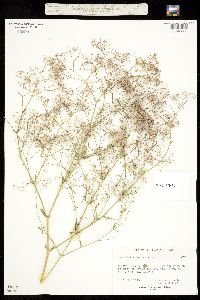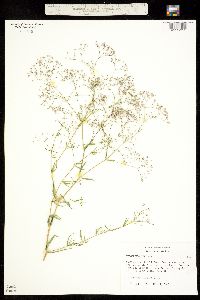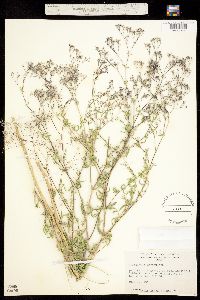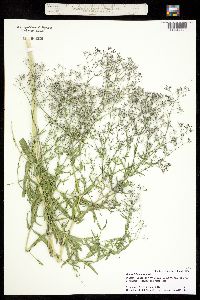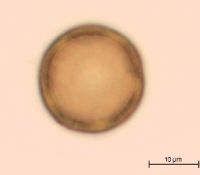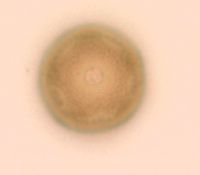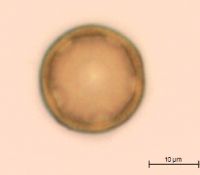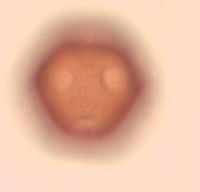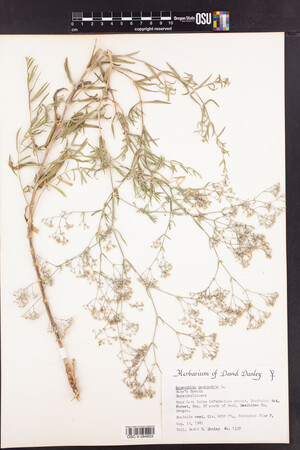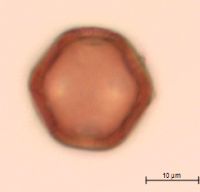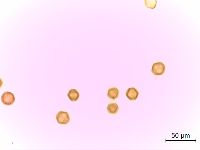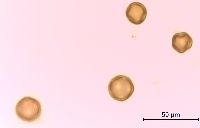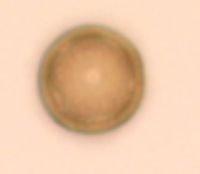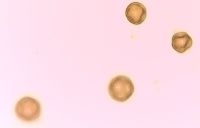Gypsophila paniculata
|
|
|
|
Family: Caryophyllaceae
Tall Baby's-Breath, more...baby's breath, baby's-breath
[Gypsophila effusa Tausch] |
Plants perennial. Stems erect or ± sprawling, diffusely much-branched at or near crown, 4-10 dm, glabrous or occasionally glandular-puberulent or scabrous near base. Leaves cauline, bases not clasping; blade linear-lanceolate to oblong-lanceolate, larger leaves 2-9 cm × 2-10 mm, apex acute to acuminate, glaucous. Pedicels 1-20 mm, glabrous. Flowers: calyx 1-3 mm, lobes glabrous, apex rounded to obtuse; petals white or rarely light purplish pink, 1-4 mm. Capsules globose. Seed coats coarsely tuberculate. 2n = 34, 68 (both Europe). Flowering summer-fall. Fields, roadsides, beaches, other open, sandy, disturbed sites; 0-2600 m; introduced; Alta., B.C., Man., N.B., N.W.T., Ont., Que., Sask.; Calif., Colo., Conn., Fla., Idaho, Ill., Ind., Iowa, Kans., Maine, Mass., Mich., Minn., Mont., Nebr., Nev., N.J., N.Y., N.Dak., Ohio, Okla., Oreg., Pa., S.Dak., Utah, Vt., Wash., Wis., Wyo.; Eurasia. Gypsophila paniculata, which is widely cultivated as a garden ornamental and florists' crop, occurs rather sporadically in eastern North America, mostly in waste places, although it occasionally forms sizeable local populations in soils that are not strongly acidic. In parts of central and western North America, in contrast, it has become an abundant and widespread weed in hayfields and pastures, often being dispersed as a tumbleweed. Its roots may extend four meters into the soil. It has been designated a noxious weed in California, Washington, and Manitoba. Also, there is concern that the spread of G. paniculata in the dune-swale complexes around the upper Great Lakes presents a threat to some of the rare species that are largely restricted to these habitats (K. D. Herman 1996). Botanical varieties of Gypsophila paniculata have been based on the distribution of pubescence on stems and leaves, but are doubtfully worthy of taxonomic recognition. Both glabrous-stemmed plants and plants with proximally glandular-puberulent stems are naturalized in North America. Cultivars have been selected for compact habit, supernumerary petals, petals to ca. 8 mm, and/or pink petals. Occasional naturalized plants have purple-tinged pedicels and calyces. A form with supernumerary petals has spread from cultivation in northern Michigan. The ploidy level(s) of populations in the flora area have not been investigated.
Perennial herb with a taproot 40 cm - 1 m tall Stem: upright to more or less sprawling, much-branched above, smooth or occasionally rough below, with a waxy coating (glaucous). Leaves: opposite, stalkless, not clasping the stem, 2 - 9 cm long, 2 mm - 1 cm wide, narrowly lance-shaped with a pointed tip, with a waxy coating (glaucous). Inflorescence: an open, branched cluster (cyme) of flowers subtended by paired bracts. The bracts are scarious (dry, thin, and membranous). Flowers: white to rarely pale reddish, on a 1 mm - 2 cm long stalk. Stamens ten. Styles two. Sepals: forming a cup (calyx). Calyx 1 - 3 mm long, five-lobed, five-veined, scarious (dry, thin, and membranous). Petals: five, white to rarely pale reddish, 1 - 4 mm long. Fruit: a dehiscent capsule (opening by four ascending teeth), spherical. Seeds brownish, compressed, nearly kidney-shaped. Similar species: The similar Gypsophila scorzonerifolia differs by having clasping leaves that are mostly 1 - 2 cm wide. Flowering: July to early August Habitat and ecology: Introduced from Eurasia. A rare escape from cultivation. Has been found in a disturbed gravel/clay field and along a railroad. Occurence in the Chicago region: non-native Etymology: Gypsophila comes from the Greek words gypsos, meaning gypsum, and philos, meaning loving, referring to most species' love of lime. Paniculata refers to a type of inflorescence called a panicle. Author: The Morton Arboretum Diffusely branched perennial, mostly 4-10 dm, glabrous and glaucous, or the stem somewhat scabrous below; lvs lanceolate, acuminate, 2-7 cm נ2.5-10 mm, not clasping; pedicels and cal glabrous, the cal 1.5-2 mm; pet 2-4 mm, white or pale reddish; capsule globose; 2n=34. Native of Europe, cult. and occasionally escaped in our range. Summer. Gleason, Henry A. & Cronquist, Arthur J. 1991. Manual of vascular plants of northeastern United States and adjacent Canada. lxxv + 910 pp. ©The New York Botanical Garden. All rights reserved. Used by permission. From Flora of Indiana (1940) by Charles C. Deam Indiana Coefficient of Conservatism: C = null, non-native Wetland Indicator Status: N/A |





